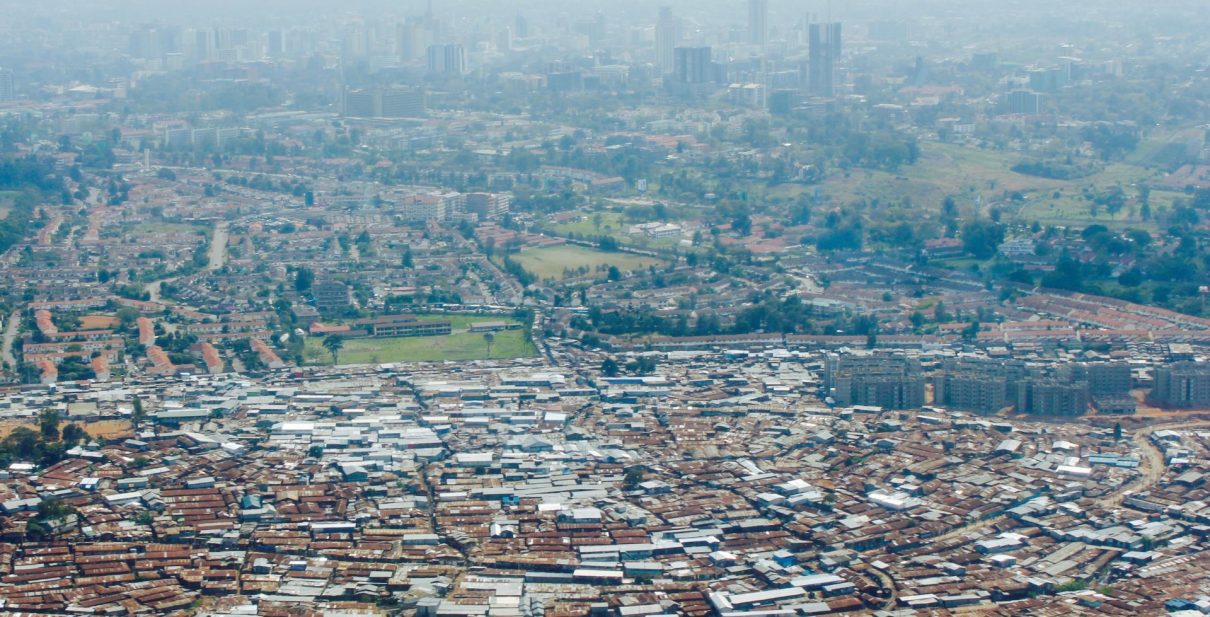INFORMALITY CAN MANIFEST ANYWHERE, BE IT ON PRIVATE PROPERTY OR LAND EARMARKED FOR PUBLIC USE.
The Genesis of Informal Settlements.
 The genesis of informal settlements traces back through the annals of urban history, fueled primarily by two interlinked factors: population growth and governance failures. The United Nations defines an informal settlement dweller as someone deprived of at least three fundamental requirements: durable shelter, secure tenure, adequate living space, and access to safe water and sanitation facilities. These settlements burgeon under the pressures of rural-urban migration, as the influx from countryside to cityscape exacerbates living costs, rendering urban life unattainable for many. Moreover, deficient governance exacerbates the proliferation of slums. When governments overlook the rights of the urban poor and neglect to integrate them into urban planning frameworks, they inadvertently foster the growth of informal settlements.
The genesis of informal settlements traces back through the annals of urban history, fueled primarily by two interlinked factors: population growth and governance failures. The United Nations defines an informal settlement dweller as someone deprived of at least three fundamental requirements: durable shelter, secure tenure, adequate living space, and access to safe water and sanitation facilities. These settlements burgeon under the pressures of rural-urban migration, as the influx from countryside to cityscape exacerbates living costs, rendering urban life unattainable for many. Moreover, deficient governance exacerbates the proliferation of slums. When governments overlook the rights of the urban poor and neglect to integrate them into urban planning frameworks, they inadvertently foster the growth of informal settlements.
Furthermore, the inability of developing nations to cope with rapid urbanization leads to a disconnect between the pace of urban migration and the sluggishness of planning processes. Consequently, marginalized communities seize undeveloped land, erecting makeshift shelters before authorities acknowledge their existence. It’s noteworthy that informality can manifest anywhere, be it on private property or land earmarked for public use, although encroachments onto public land are prevalent. Despite accommodating a significant urban populace, these areas grapple with dire deficiencies in basic facilities and infrastructure. Infectious diseases run rampant, malnutrition
stunts the potential of countless children, and inadequate sanitation perpetuates preventable fatalities annually. Gender disparities, educational and economic limitations, and widespread unemployment further impede individual and communal progress. Yet, amidst the squalor, there exists a resilient culture within slum communities. As Elisabeth Eaves astutely observes in Forbes, “to the outsider, informal settlements look unbearably awful, but to their residents they do function, complete with social hierarchies, commerce and a degree of home-grown government.”
Preventing the Proliferation of Slums.
Addressing the root causes of slum proliferation demands a proactive approach from authorities. Recognizing urban growth as an inevitable reality, policymakers must pivot towards planning and intervention strategies aimed at mitigating its adverse impacts. Investing in rural development, though noble, cannot forestall the tide of urbanization. Instead, authorities should earmark suitable land and delineate comprehensive settlement plans, even in the absence of immediate financial resources for urban services.
The government needs to robustly create a database for informal settlements and landless in the country with proper cadaster of the areas, this will come along in identifying the sizes, number of settlers as well as the issues within in these areas. There is need for the government to consider alternative rights to land like access rights and sublease of less than 25 years to accommodate the existing informalities and encourage productivity of the perceived “idle” lands. This will also help in the reduction of squatting.
Next Article: Planning for Informal Settlements.
In our next article, we will delve into proactive measures and innovative strategies for planning and improving conditions within informal settlements, offering a ray of hope amidst the challenges.




